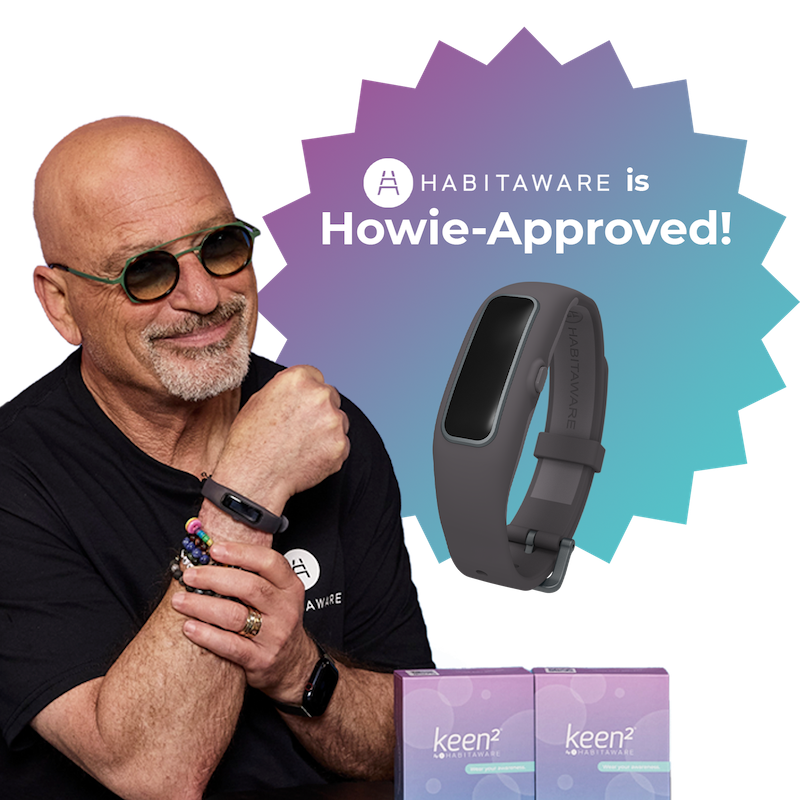The Keen team is grateful for the ongoing support of the trichotillomania treatment professional community. We especially extend thanks to Pam Katz, LCSW for sharing her experience and “family first” approach to treating trichotillomania, dermatillomania and other body focused repetitive behaviors below. Thank you, Pam!
It is not uncommon for a child or adolescent with trichotillomania or dermatillomania to first step foot in my office because their parents have made the decision to initiate treatment. For many of my young clients, they may not have even begun contemplating whether they want to actively work on decreasing their hair pulling or skin picking.
“Kids thrive when feeling empowered.” — Pam Katz, LCSW
That young person in front of me may not be old enough to vote or drive. That young person may be supervised all day by teachers, parents, and activity staff. In my office, though, that young person is the expert on him or herself. During that initial session with a client, I ask they be an active part in designing their own intervention plan. Without taking ownership of their plan to decrease their hair pulling or skin picking, I am concerned that their success may be limited. Kids thrive when feeling empowered. I have seen much more success when the young person makes the decision that they want to change. It’s much riskier when it’s the parent or other adults that are pushing for the young person to change.
Kids have amazing ideas on how they can change their behaviors, and how adults can support their journey. As adults and caretakers, we often want to help support our children; however, our ideas of support may not be the same as those of our kids. This is also true when a child is engaged in hair pulling or skin picking behaviors and an adult wants to intervene.
The most frequently asked questions by parents in my office is, “What should I do if I see my child picking or pulling? Should I tell them to stop?”
When this question is asked, I turn to my young client and ask, “What do you want your mom or dad to do if they see you hair pulling or skin picking?” Inevitably, the initial response from the child is, “I don’t know.”
I then tend to ask the question a little differently, part statement, and part question. “Mom and Dad are asking because they want to know what is most helpful to you. Do you think we can come up with some ideas together? I am concerned that if we don’t, Mom and Dad may do something that you don’t want them to do. I would prefer they respond in a way that you are comfortable. What do you think?”

By asking the child how they want Mom and Dad to respond, the child is now empowered. When a parent empowers their child, the child is more likely to be successful in both coming up with strategies and embracing those strategies. When this happens a happy bi-product is an improved relationship between parent and child.
Perception is Everything: Being Watched vs. Being Watched Over
For example, one young client told his parents he was ok with nonverbal or indirect cues. If his mom saw him pulling his eyelashes, he was ok with her placing a fidget in front of him where he could see it. Another client asked that her parents say her name and ask an open ended question to engage in a conversation bringing her back to the present moment.
This is where HabitAware’s Keen awareness bracelet can help a parent shift the conversation as well. My young clients report that they are more aware of hair pulling or skin picking behaviors and are able to substitute, or replace the hair pulling or skin picking sooner because of Keen. Plus they like having Keen’s “self care alarm” as it’s like their own private alert system vs their parents.

A recent client of mine shared with her mom that being in public helps her to curb her hair pulling. The client is also a rising senior in high school and is beginning her work on college applications. Sitting in front of a computer, as well as stress and concentration, typically trigger the daughters pulling behavior.
Because of the dialogue between mother and daughter about public spaces, the mom suggested to her daughter, “I’ve got a lot of paperwork to do and you have college essays to write, why don’t we both go to the local coffee shop and work there and I’ll treat for coffee.”
Here is why this interaction worked:
-
The daughter hears, we both need to do some work so let’s go here and do it together where it’s lower risk for you
-
The daughter feels loved and cared about vs being monitored and watched
The goal is to do this together. If the mom had said, “You better go to a coffee shop or the library so that you pull less,” that would have made the daughter feel defeated and ashamed. While the daughter might have listened and gone to a public place to start her college essay, the relationship between the two would be strained simply because of word choice.
< With your child’s permission, join the Keen family and change the conversation TODAY! >
Find Common Ground in the Frustration
But what happens when a parent begins to ask a child how the parent can support them and the child shuts down? This can leads to friction and frustration for both parent and child.
Instead of focusing on the behavior — your child’s hair or skin picking — focus on YOUR feelings. Here are a few things a parent might say to child in this scenario:
- “I feel helpless and I don’t know how to help you.”
- “I’m sad because your sad.”
- “Can we help each other, is there something we can do together to help each other?”
Here’s a phrase to stay away from:
- “I’m worried / concerned / afraid … that you will go somewhere and someone will comment.”
As a parent, we want to take control and taking control ultimately leads to failure. As parents we have to adopt a mindset of how to work with things we can’t control. For example, we can’t control the weather. But we can control how we respond to the weather. If it’s raining, we put on a raincoat.
We can’t control our urges, emotions or thoughts that come into our heads, but we can control how we react to those emotions. Start with shifting from “STOP IT!” to “How can I help you?”
It might take several attempts to get your child to open up. You might feel annoyed, frustrated, and worried. It’s ok to feel the way you feel.
Here’s 3 steps for parents on how to deal:
- Pause and take 3 breaths
- Notice the thought that is in your head
- Check in with yourself and ask – “Is what I’m about to say going to help or harm?” and then decide on how you will react to your own feelings
“Start with shifting from ”STOP IT!” to “How can I help you?”” — Pam Katz, LCSW
Repairing Relationships
You might be reading this and saying, “I’ve been going about this the wrong way.” Or, maybe you just yelled at your child for skin picking or hair pulling.
Either way, the best way to begin repairing is to say, “I messed up and I could have responded differently to you and I’m sorry”. Follow that up with, “If I gave you a better response I would have done or said this…”. This interaction allows your child to know that you not only recognize your mistake but you are owning up to it and want to make things better. It also shows them that mistakes can – and should – be acknowledged and fixed.
Everyone is different. If you haven’t had the conversation with your child about how they see you as part of their intervention plan, ASK! You will likely learn that your child has some great ideas and that your relationship together deepens.



